The art of mooncake making is a delicate balance of science and tradition, with the syrup conversion process standing as one of its most fascinating aspects. Known as "回油" (hui you) in Chinese, this seven-day transformation period is where the magic truly happens. During this critical phase, the syrup penetrates the pastry, creating that signature tender texture and glossy sheen that defines a perfect mooncake.
The Chemistry Behind Syrup Conversion
At its core, the seven-day syrup conversion is a complex dance of moisture migration and sugar crystallization. The alkaline syrup – typically made from golden syrup, lye water, and peanut oil – begins breaking down the dense pastry from the moment it emerges from the oven. What most bakers don't realize is that this isn't simply about absorption; it's an active chemical process where sucrose molecules invert into glucose and fructose, fundamentally altering the pastry's structure.
During the first 48 hours, the mooncakes undergo what professionals call "the sweating phase." Beads of oil and syrup rise to the surface, creating an almost translucent appearance. This is when experienced bakers will gently wipe the surfaces with a food-safe brush, redistributing the excess without disrupting the delicate equilibrium. The pastry, once stiff and crumbly, begins showing the first signs of yielding to the syrup's influence.
Why Seven Days?
Traditional wisdom insists on this specific duration not out of superstition, but through centuries of empirical observation. Modern food scientists have confirmed that the seventh day marks the point where water activity stabilizes at precisely 0.78-0.82 – the ideal range for both texture and microbial safety. Before this period completes, the flavors remain disjointed; the nutty filling tastes separate from the pastry. By day seven, something remarkable occurs – the ingredients achieve what Cantonese bakers describe as "marriage," where all components unite into a harmonious whole.
The ambient environment plays a crucial role that many commercial producers overlook. Unlike temperature-controlled factories, traditional bakeries allow the mooncakes to breathe naturally, with nighttime cooling and daytime warmth creating a gentle pumping action that draws the syrup deeper. This explains why autumn mooncakes – made during transitional weather – often develop more complex flavors than those produced in climate-controlled summer kitchens.
The Visual Transformation
Watch any seasoned baker inspect mooncakes during this period, and you'll notice they judge progress primarily by appearance rather than touch. The initial matte surface gradually develops a luster reminiscent of polished jade. This optical change indicates proper sugar crystallization at the molecular level. Counterintuitively, the best mooncakes don't appear wet – they glow with an internal radiance that signals perfect oil distribution.
Modern imaging technology reveals what ancient bakers understood instinctively: the syrup doesn't penetrate evenly, but forms intricate fractal patterns resembling river deltas when viewed under magnification. These microscopic channels allow gradual moisture penetration without creating soggy spots. It's this structural engineering – perfected over generations – that prevents the dreaded "waist collapse" where mooncakes lose their iconic shape.
Cultural Significance Beyond Science
In traditional Chinese households, the waiting period carries emotional weight. The mooncakes rest in wooden boxes lined with food-grade paper, their gradual transformation mirroring the waxing moon outside. Elders often use this time to share stories about ancestral recipes, creating intergenerational bonds through culinary anticipation. This cultural dimension explains why, despite modern shortcuts, purists still insist on the full seven-day process.
Commercial producers have attempted various acceleration methods – from enzyme additives to vacuum infusion – but consistently find that artificially rushed mooncakes lack the depth of properly converted specimens. The difference manifests most noticeably in aftertaste; traditionally processed mooncakes leave a clean, lingering sweetness rather than the cloying residue of hurried alternatives.
Preserving Tradition in Modern Times
Today's artisanal bakers face increasing pressure to shorten this sacred timeline to meet market demands. However, a growing movement of young pastry chefs is returning to traditional methods, documenting the daily changes through time-lapse photography and moisture mapping. Their work provides scientific validation for what ancient recipes always knew – that some transformations cannot be rushed, especially when they involve both chemistry and cultural heritage.
As mooncake styles evolve with contemporary tastes, the seven-day syrup conversion remains the immutable heart of authentic quality. Whether encasing snowskin delicacies or traditional baked varieties, this patient process continues separating memorable mooncakes from merely adequate ones. In our fast-paced world, perhaps these pastries serve as edible reminders that some things – like perfect texture and balanced flavor – are worth waiting for.

By /Aug 11, 2025
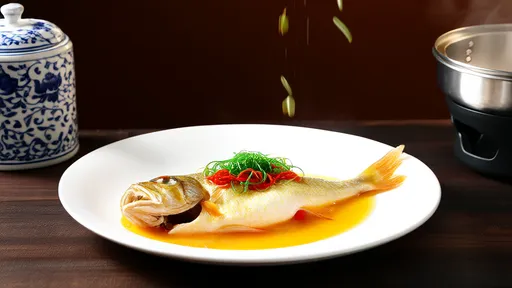
By /Aug 11, 2025

By /Aug 11, 2025
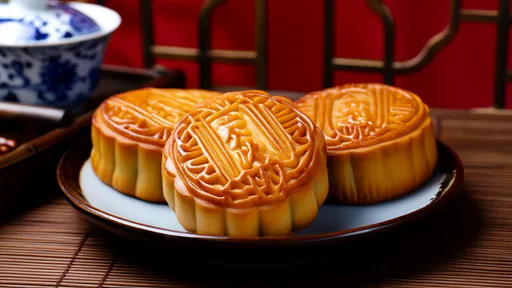
By /Aug 11, 2025
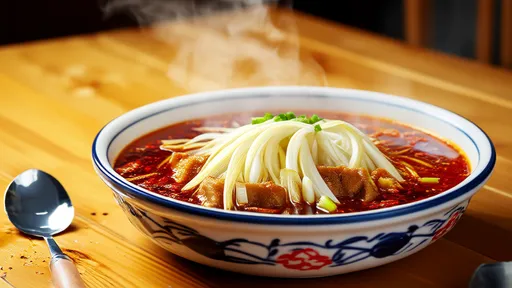
By /Aug 11, 2025

By /Aug 11, 2025

By /Aug 11, 2025
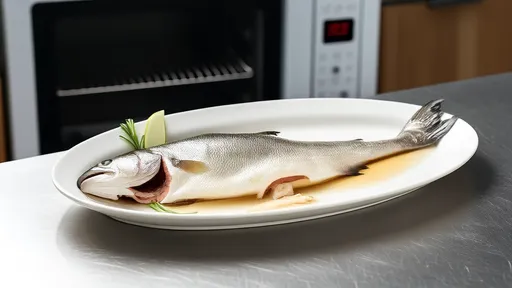
By /Aug 11, 2025

By /Aug 11, 2025

By /Aug 11, 2025
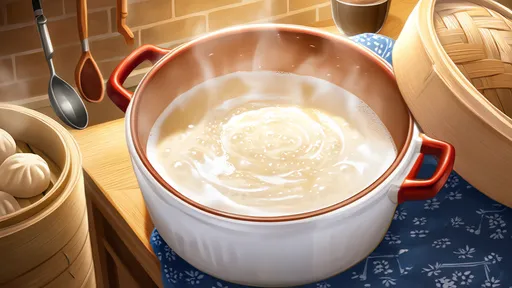
By /Aug 11, 2025
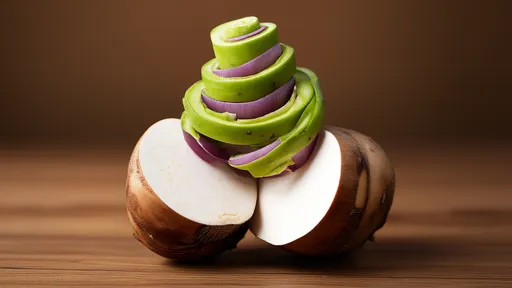
By /Aug 11, 2025
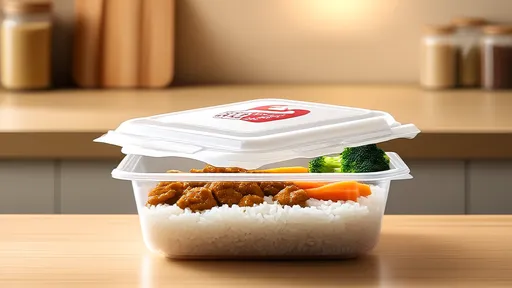
By /Aug 11, 2025

By /Aug 11, 2025

By /Aug 11, 2025
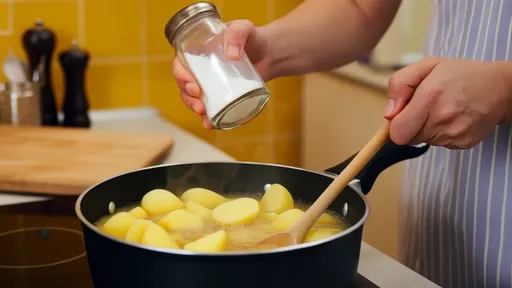
By /Aug 11, 2025
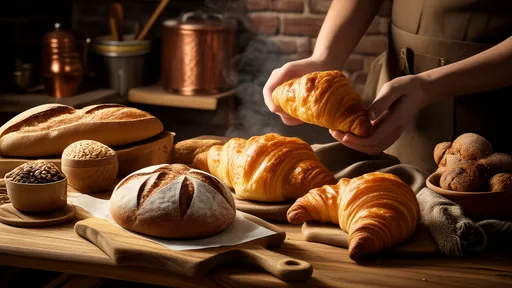
By /Aug 11, 2025
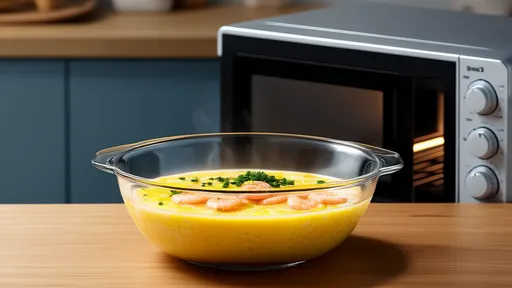
By /Aug 11, 2025
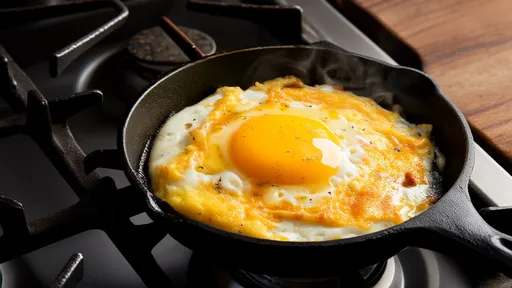
By /Aug 11, 2025
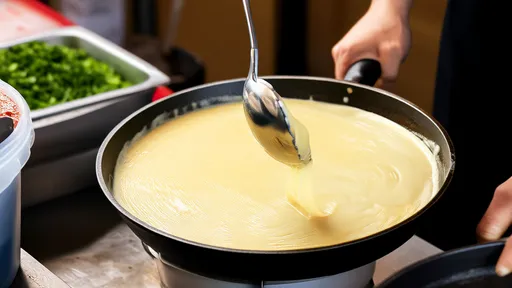
By /Aug 11, 2025